In the words of William Gibson, “The future is already here, it’s just not evenly distributed.”
It often hides away: in strange research labs, in the decadent homes of the rich and famous, in dingy basement garages and, sometimes, in the kooky hobbies of internet moguls — like when Mark Zuckerberg gifted his dog (a Hungarian sheepdog named Beast) a 3D-printed replica of him for his birthday.
Behind the veneer of the potentially weird indulgence there, however, lied purpose. In a fun, Facebook-ey way, Zuckerberg had managed to showcase both Oculus Medium — the VR sculpting and development platform owned by the company that was used to sculpt the 3D model — as well as Area 404 — Facebook’s massive hardware lab where it was 3D printed out.
Facebook’s VR and hardware forays are only cogs in the large transformation being fuelled by the confluence of powerful new technologies. This confluence promises to overhaul our realities, stripping off that rapidly thinning layer between our digital and physical realms, and strap our worlds to the rocket-engine of Moore’s law and internet.
Think and it is
Imagine if your real world was as pliable as the virtual…
- Your house is an ever-changing canvas for shiny new products — a new vase, a spectacular TV or, perhaps, a cool couch. These life-like virtual models have been augmented in thanks to your subscription to Amazon’s AR notifications. Hyper-realistic 3D avatars of products are constantly pushed into your home. Want that vase for real? You could just print it out.
- Your friend, who lives halfway across the world, loves the new jewellery you just printed for yourself. So you 3D scan it and share it. She/he makes some minor modifications and prints it out to wear your designs.
- You custom-fit clothes in the virtual space on a precision 3D avatar of yourself — the dimensions are micro-adjusted for your body. You walk around it to see how the new threads look on you. You even see your replica run, move and simulate your daily life to see how these clothes fit and how functional they are. Only when you are satisfied do you purchase them. A local unit 3D prints them and has them delivered to you.
- You’ve just met with an accident and the hospital quickly rushes you into surgery. You’ve lost your right leg, but, thankfully, the doctors have access to a complete 3D scan of your body. They build you a right leg, on demand, to the exact dimensions and contours of your real one. In less than 48 hours, you are up and walking again.
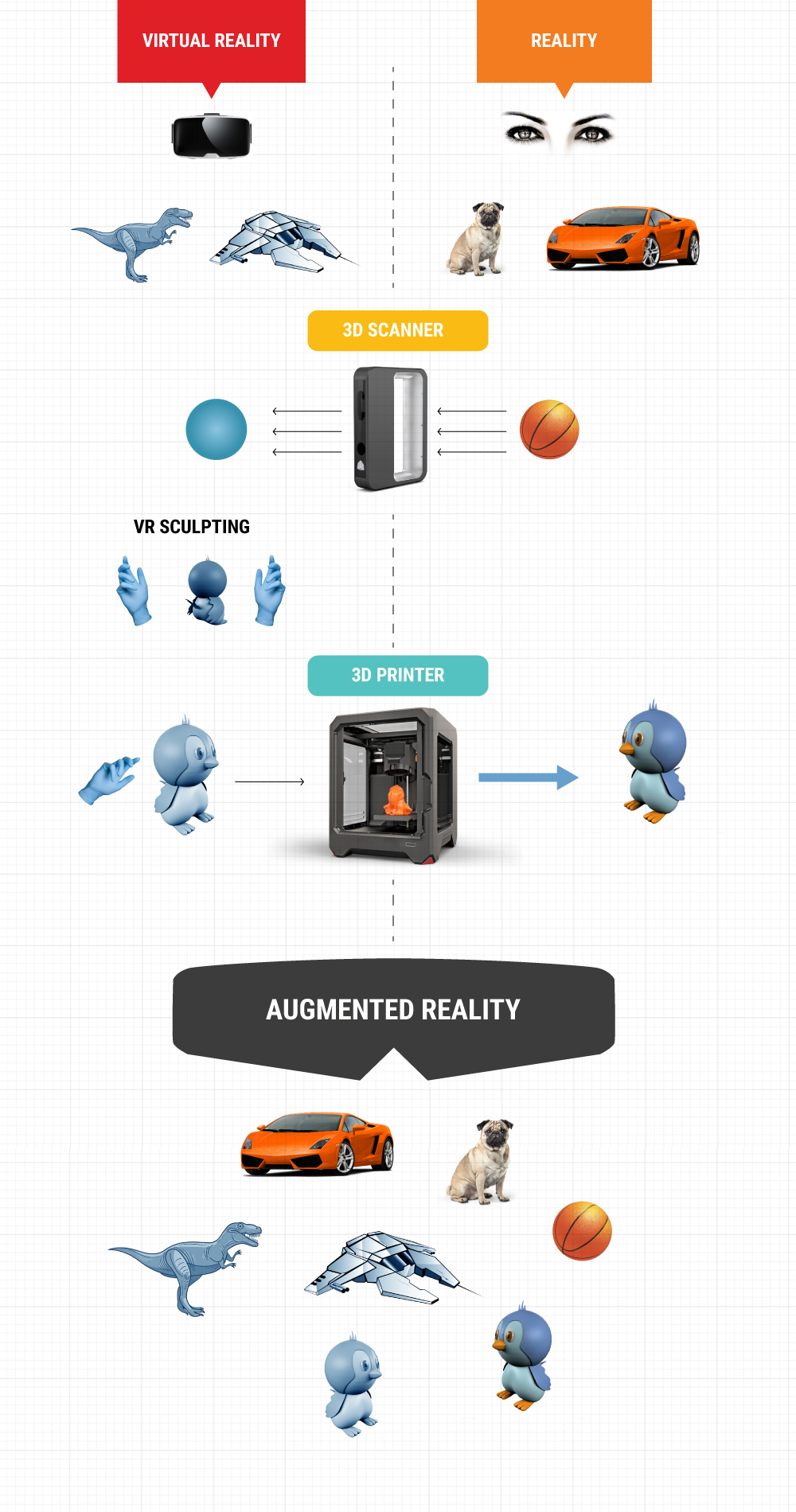
All of this isn’t science fiction. It’s a world that’s fast becoming a reality thanks to the convergence of virtual reality, augmented reality, 3D printing and 3D scanning.
Our virtual realities
Virtual reality (VR) dipped its toes into the consumer market in 2016 — we saw VR headsets from Oculus, HTC, Samsung, Sony and several smaller smartphone companies. It hasn’t hit mass market and isn’t yet profitable, but VR is getting real, real fast. Year zero — 2016 — gave us many glimpses of what’s in store: lots of games, VR apps (float around the world in Google Earth VR), VR short films, Olympics in VR and of course, even VR porn.
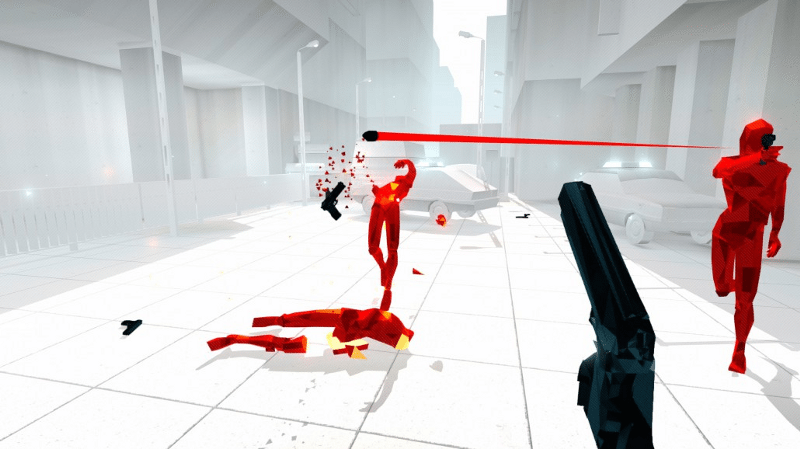
But, what’s less talked about is VR’s ability to put the “making” process on hyper-drive. From painting (check out the amazing Google Tiltbrush) to music creation to 3D design, VR apps are marrying real-world intuitiveness with the infinite possibilities of the digital realm. Oculus Medium’s awe-inspiring object-sculpting capabilities are just the beginning.
The involved, expensive, time-consuming process of 3D modelling may have just become an everyday activity — just like digital content today, which saw an explosion thanks to personal computing, the internet and one innocuous, little feature that it enabled: a simple instruction summoned by sequentially pressing Ctrl C (copy) and Ctrl V (paste).
What happens when we extend this power of copy-paste across the boundaries of the physical and digital worlds?
Make digital copies of the real world
A virtual world where anyone can add people or objects scanned from the real world would be both fascinating and bizarre.
It isn’t a fantasy.
Full body scans of people are getting faster and cheaper — this Japanese startup scans a person in four seconds for just about $10. Soon, getting our digital replicas floating in VR will be as simple as taking a selfie thanks to the 3D scanning booths coming up in gyms, malls and airports. 3D scanners for objects are getting smaller and powerful.
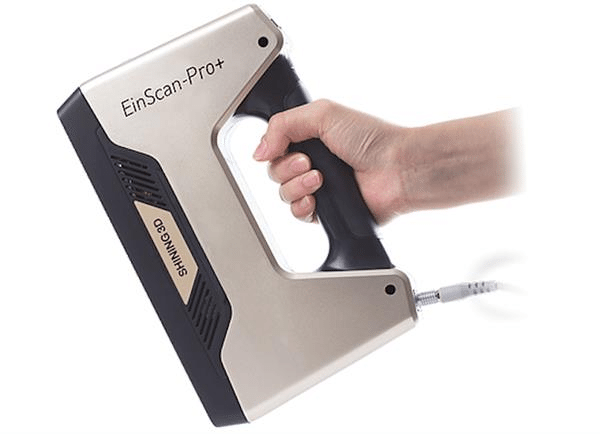
But the more massive explosion of “scanning the world” is likely to happen as 3D scanning gets into smartphones and becomes mainstream. Last year, Microsoft demoed a smartphone app that can do just that. Apple is reportedly working on a 3D dual lens camera for its new iPhone.
The power of 3D scanning combined with access to powerful virtual environments to manipulate and build on them will create the kind of explosion of 3D objects in virtual space that we see for content today.
But, it doesn’t end there. Soon, we should be able to bring these virtual models back into the real world just as easily.
Print dreams in tabletop factories
The rise of 3D printing makes the copy-paste crossover between the virtual and real-world a two-way street.
In case you’ve been living under a rock, 3D printing (also called additive manufacturing) is a process of making three-dimensional solid objects by adding successive layers of material to build a physical object from a digital model. Essentially, if you have an idea (and a computer model of that idea), you could just print it out as a real world object.
3D printing is a process of making three-dimensional solid objects by adding successive layers of material to build a physical object from a digital model
It’s the great democratisation of manufacturing, building and making. Even if we dismiss the predictions of the world-changing impact of 3D printing as hype, it’s rapid march into the mainstream promises disruption as costs tumble down (today, you can purchase a very respectable 3D printer for your home for just about Rs 1 lakh).
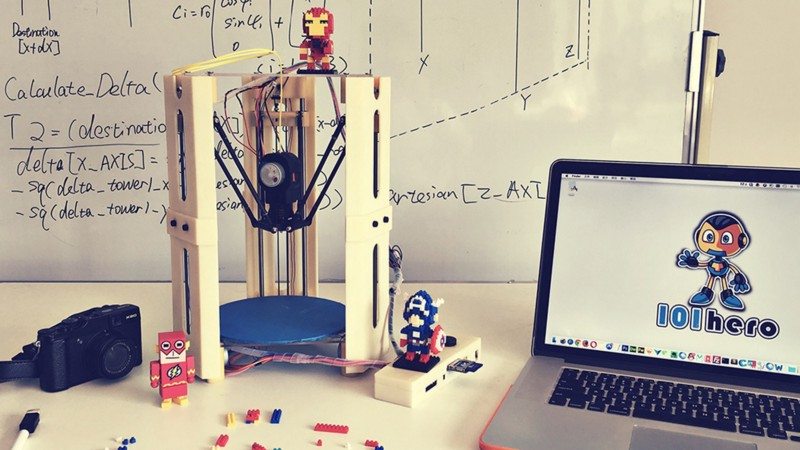
3D printing technology is getting easier, cheaper and more efficient. Sometime last year, MIT 3D printed a fully-functioning robot right off the print bed — moving parts and all. In China, someone 3D-printed an entire building. A slew of Indian startups are using 3D printing for everything from printing jewellery to living tissues. The technology is rapidly finding applications in healthcare, real estate, manufacturing, design, and countless other industries.
It’s making our physical realities extremely pliable. All the more so, when you begin to augment it with virtual elements.
Mix your fantasy with reality
While Pokemon Go’s raging success brought augmented reality into the mainstream, it was a diluted caricature of the technology’s potential, which is being increasingly exploited across industries like retail, healthcare, automotive and logistics and distribution.
Microsoft and the mysterious Magicleap are betting on sophisticated AR headsets to take it to consumers. While Microsoft’s hololens has some way to go to get mainstream (the developer edition costs a whopping $3,000), AR is likely pervade into our lives through smart phones.
Mark Zuckerberg seems to believe so. So does Tim Cook — Apple is investing significantly in AR. Google has an AR platform for smartphones called Tango, which analyses the 3D physical space around to place digital objects and then lets the user manipulate and interact with those objects. Tango debuted last year in a smartphone.
As AR experiences get more authentic on the smartphone, they offer infinite possibilities in how we experience our reality.
Go reality hopping
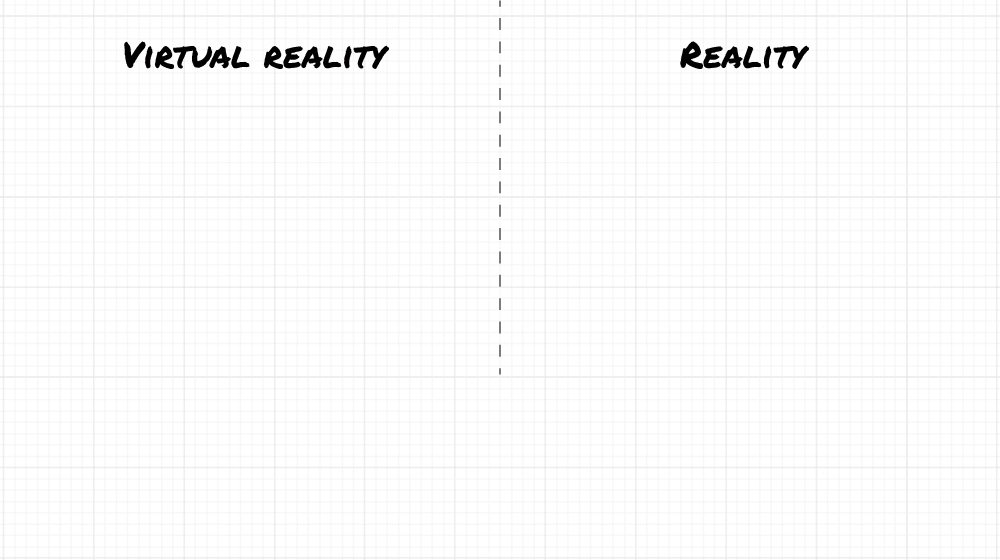
Our ability to alter and influence our world is going to get bigger and more fascinating. One moment you could be in your physical space, only to transport everything around you into the virtual world. Powerful and intuitive tools could help you alter, reshape and build on the virtual world around you. You can, if you choose to, bring parts of it to life by printing them out back into the real world. Or, perhaps, just momentary dip into an alternative reality that’s both real and virtual at the same time.
Matter is information is matter.
Subscribe to FactorDaily
Our daily brief keeps thousands of readers ahead of the curve. More signals, less noise.
To get more stories like this on email, click here and subscribe to our daily brief.
Lead visual and graphics: Nikhil Raj Disclosure: FactorDaily is owned by SourceCode Media, which counts Accel Partners, Blume Ventures and Vijay Shekhar Sharma among its investors. Accel Partners is an early investor in Flipkart. Vijay Shekhar Sharma is the founder of Paytm. None of FactorDaily’s investors have any influence on its reporting about India’s technology and startup ecosystem.








